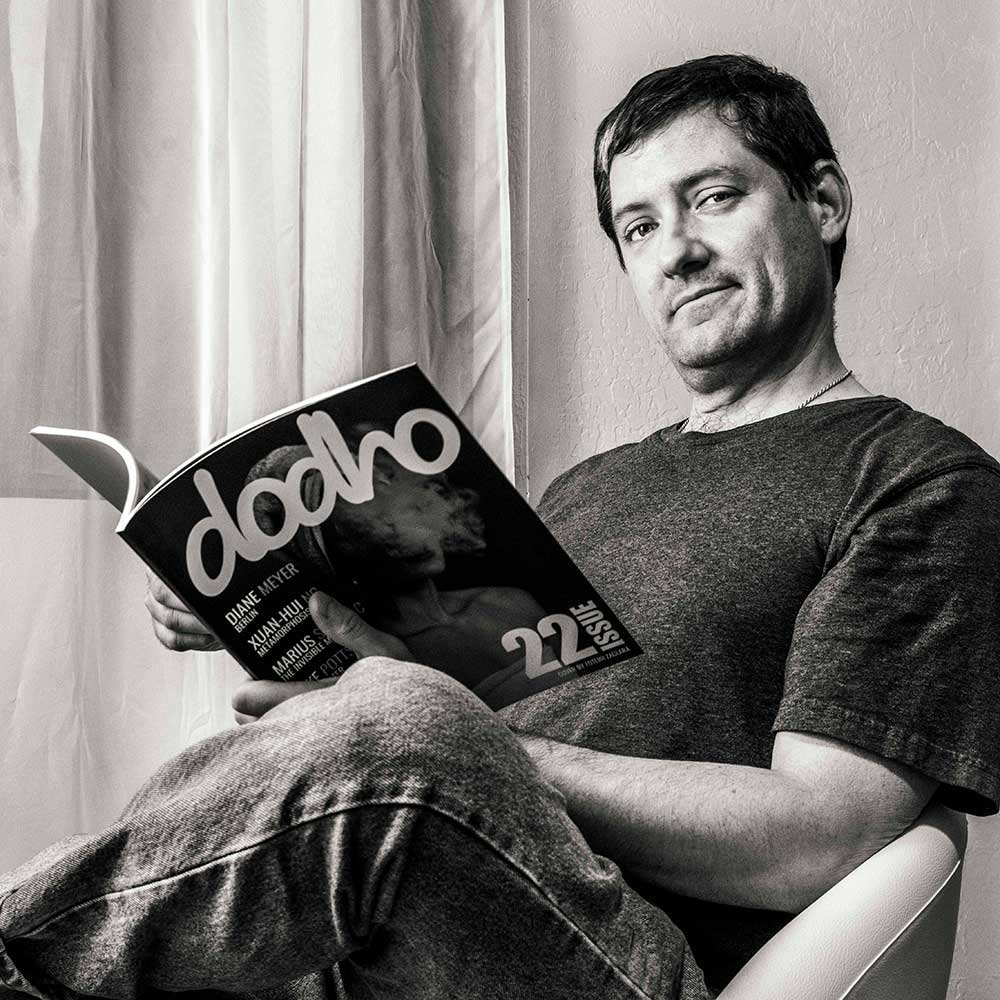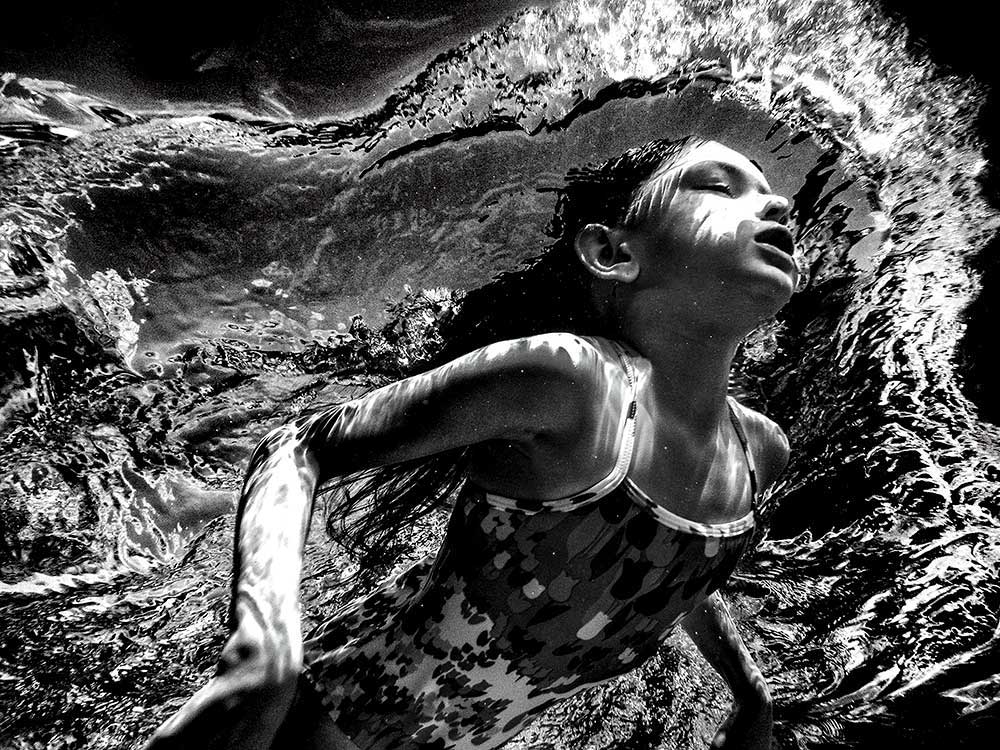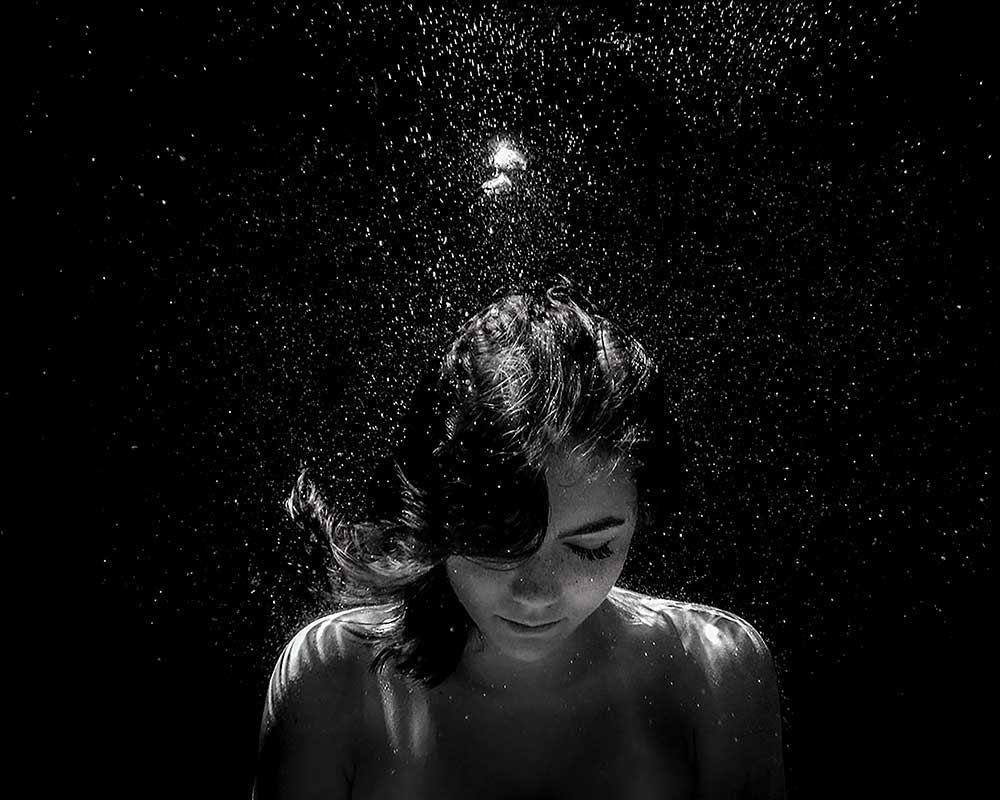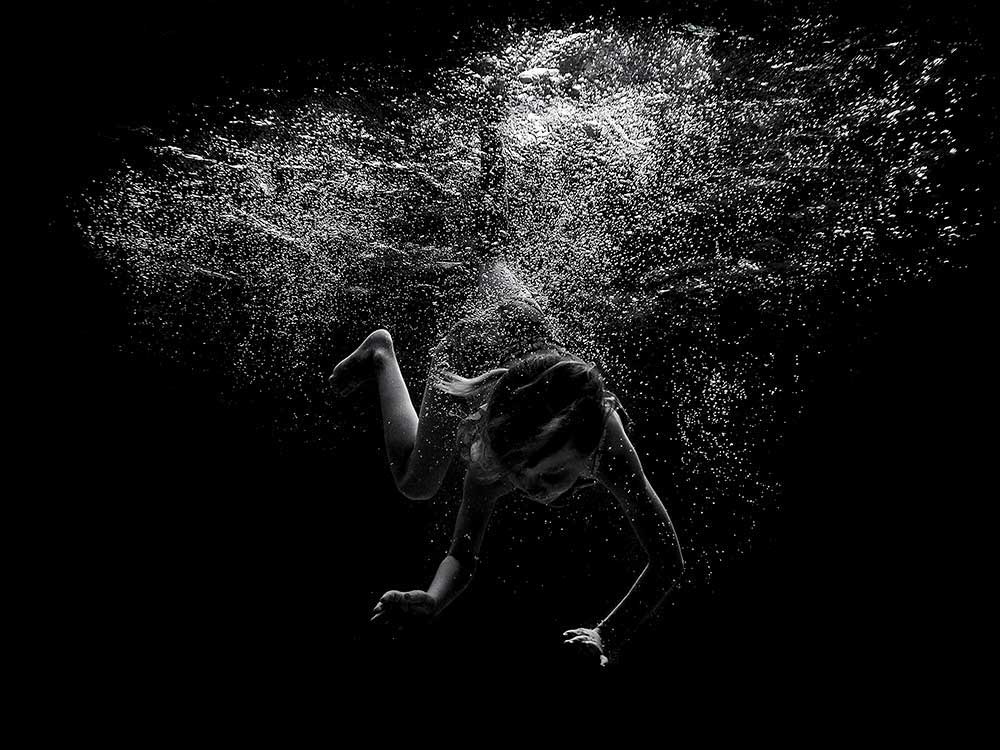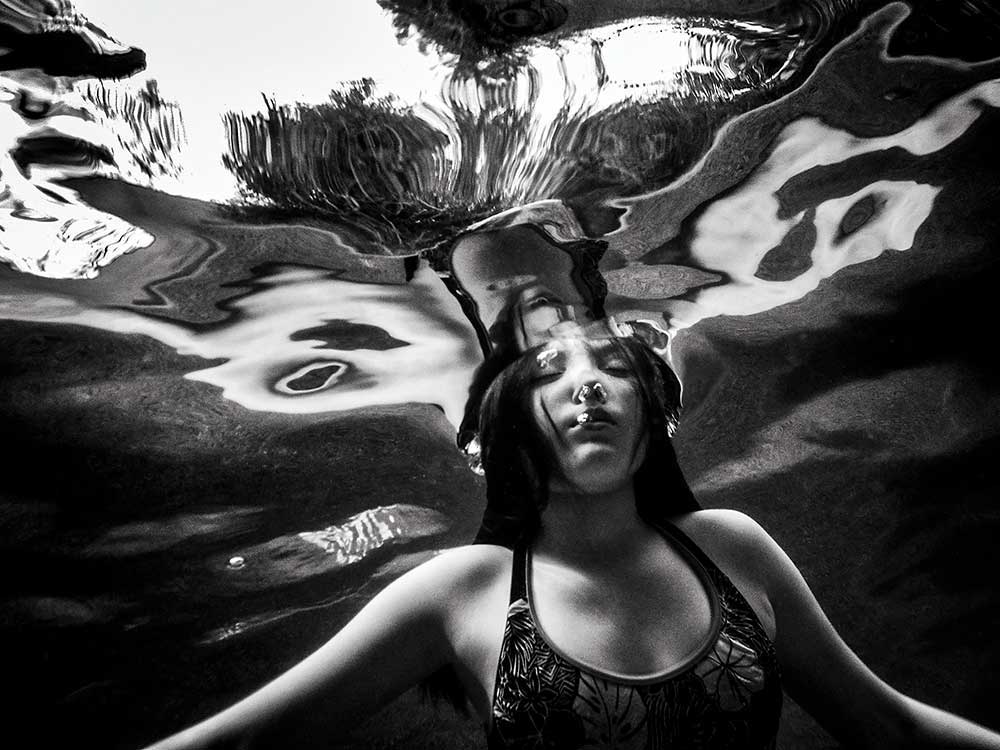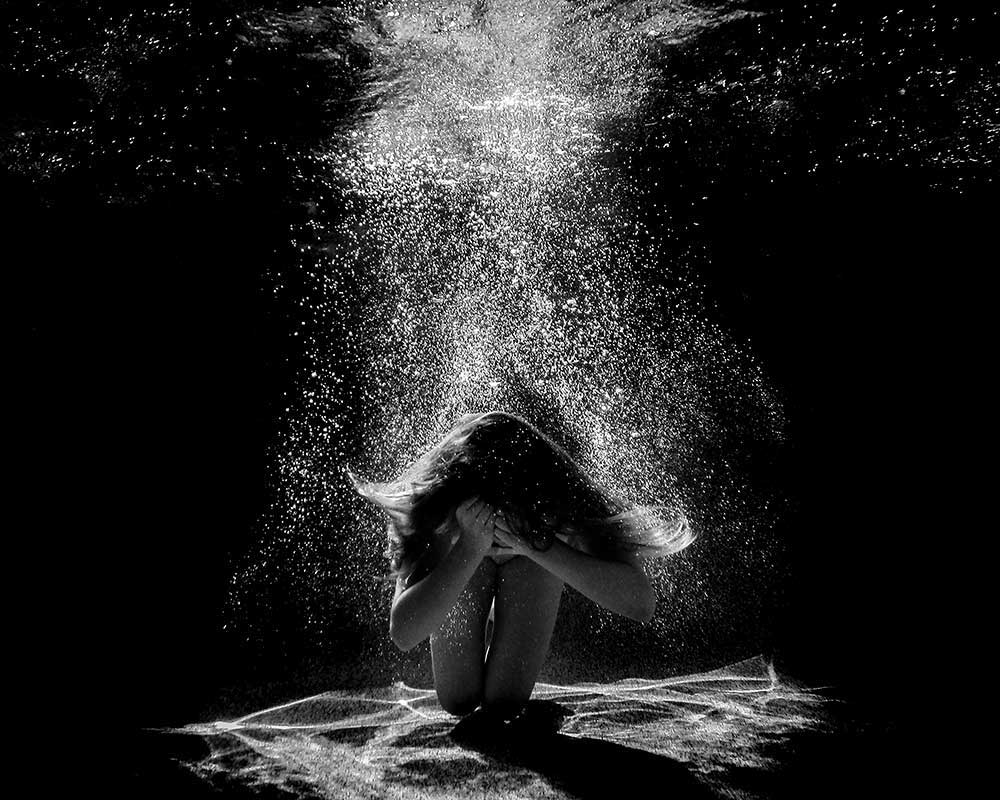Mike grew up in Pennsylvania and in 2005 moved to Arizona where he’s rarely cold and doesn’t have to shovel snow or cut grass.
He graduated from Bucknell University with a major in English and a minor in Chemistry and still wonders what to do with them. He worked at Barnes & Noble for four years and currently pays the bills as a nuclear medicine technologist. This lets him photograph on the side without having to resort to living on ramen and sleeping on friends’ couches. His ultimate dream would be to visit Mars. In the meantime he keeps making pictures. [Official website] [Print Edition] [Digital Edition]
Can you tell us a little more about yourself? How did you get interested in photography?
I’ve been interested in photography since I was in high school and took a basic course back when all we had was film and a darkroom. I was a competent landscape photographer, but I didn’t know how to do portraits and was reluctant to ask people. I also didn’t have access
to a darkroom. In 2015 I attended a workshop in France with an American photographer. It focused on the portrait / figure and I learned how to use the digital shooting and editing formats. From then on I had the confidence to ask people and make good work. While the technical aspects are important, it was the personal approach that I’d been taught that really made the difference. You can make a technically perfect picture but if you and the subject don’t have a rapport it’s just another photo.
How would you define your general style photography?
Less is more? I detest gear and prefer to shoot with a single camera, natural light, and the subject. I prefer to let my subjects choose what they give me; as soon as I try to influence the image is loses realism. There are times I will come up with an idea or an image I want to try and make, but it still takes the subject to give it some life.
Can you tell us about the Underwater project recently published in our magazine?
It started purely by accident. I’d obtained an inexpensive underwater point-and-shoot camera for another project, and thought it might be fun for the kids I was photographing to do underwater work. The colors were awful, but in black and white I thought there was something there. I liked the calm of some, the chaos of others, but they all made me feel something, and I thought it might be worth seeing if others felt the same way.
What, in your opinion, is the most important to consider while shooting underwater pictures?
Light. It’s all about where the light hits, which is true for the medium anywhere you shoot.
How much preparation do you put into taking a photography underwater?
None. I get the best results with young children and just letting them do their thing.
Your idea of a perfect composition?
There needs to be balance, even in the chaotic images there’s a feeling of balance. I feel uncomfortable if it’s cropped wrong even by a couple of pixels. When I look at it and feel the balance I know it’s right.
What would I find in your Camera Bag?
I’m a minimalist and dislike gear. But if I’m forced to have a bag, or am going someplace where I don’t know what I’ll need, I carry an extra camera, a zoom lens, an ND filter, a lens cloth, and extra batteries. Also tripod is a must.
How important is a good website mrpvisionaries.com for your art?And what role have social networks played in your photography?
Honestly I’m not sure what good the website has done other than to give me a place to centralize some portfolios and make my work seem more legitimate. Websites and social media give me a place to send people to look at my work (it’s cumbersome to try and explain what I do) and for models to scope me out.
What future plans do you have? What projects would you like to accomplish?
I’d like to have gallery representation sooner rather than later. I have another project that has been a few years in the making thanks to the pandemic, and the first volume of work should be ready by the new year. Beyond that I will likely continue to work with natural light and water and our interactions with them. But if nothing else I’d like to be able to befriend some new families and photograph the children as they grow up. I love series that show changes in people overtime and no one changes as quickly as children.



